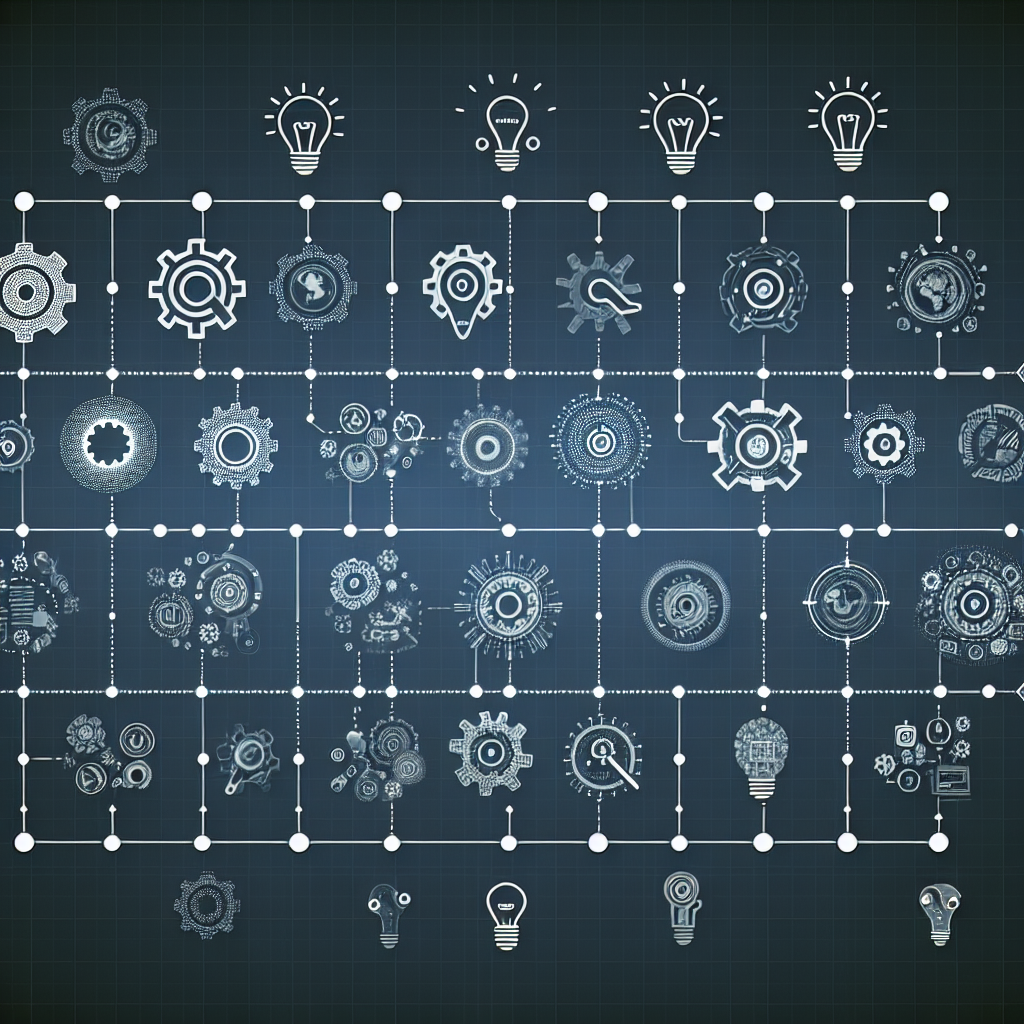The Evolution of NVIDIA’s Machine Learning Capabilities: A Timeline
NVIDIA has been a key player in the field of machine learning for several years now, and the company’s capabilities in this area have evolved significantly over time. From the early days of using GPUs for deep learning to the development of specialized hardware like the NVIDIA Tensor Core GPU, NVIDIA has been at the forefront of machine learning innovation.
In the early 2000s, NVIDIA began to explore the potential of using GPUs for machine learning tasks. GPUs are highly parallel processors that are well-suited for the large matrix operations that are common in deep learning algorithms. By harnessing the power of GPUs, NVIDIA was able to accelerate the training of deep neural networks and other machine learning models, making it possible to train larger and more complex models in a fraction of the time.
As deep learning became more popular in the mid-2010s, NVIDIA continued to push the boundaries of what was possible with GPUs. In 2016, the company introduced the NVIDIA Tesla P100 GPU, which featured the new NVIDIA Pascal architecture and was specifically designed for deep learning workloads. This GPU was a game-changer for the machine learning community, providing unprecedented levels of performance and efficiency for training deep neural networks.
In 2017, NVIDIA further solidified its position as a leader in machine learning with the introduction of the NVIDIA Volta architecture. This architecture featured the new NVIDIA Tensor Core GPU, which was specifically designed for deep learning and AI workloads. The Tensor Core GPU was able to deliver up to 125 teraflops of deep learning performance, making it the most powerful GPU for machine learning tasks at the time.
In the years since, NVIDIA has continued to innovate in the field of machine learning, introducing new architectures and technologies that push the boundaries of what is possible with GPUs. In 2020, NVIDIA introduced the NVIDIA Ampere architecture, which features the new NVIDIA A100 GPU. This GPU is the most powerful GPU for machine learning and AI workloads yet, delivering up to 312 teraflops of deep learning performance.
Looking ahead, NVIDIA shows no signs of slowing down in its quest to push the boundaries of machine learning capabilities. The company is constantly exploring new technologies and techniques to improve the performance and efficiency of its GPUs for machine learning tasks. With each new generation of GPUs, NVIDIA is bringing us one step closer to the dream of truly intelligent machines.
In conclusion, the evolution of NVIDIA’s machine learning capabilities has been nothing short of remarkable. From the early days of using GPUs for deep learning to the development of specialized hardware like the NVIDIA Tensor Core GPU, NVIDIA has been at the forefront of machine learning innovation. As the company continues to push the boundaries of what is possible with GPUs, we can expect to see even more exciting advancements in the field of machine learning in the years to come.


